Related Research Articles

Käthe Kollwitz was a German artist who worked with painting, printmaking and sculpture. Her most famous art cycles, including The Weavers and The Peasant War, depict the effects of poverty, hunger and war on the working class. Despite the realism of her early works, her art is now more closely associated with Expressionism. Kollwitz was the first woman not only to be elected to the Prussian Academy of Arts but also to receive honorary professor status.
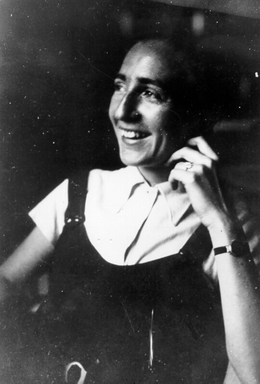
Betti Gertrud Käthe Hilda Coppi, known as Hilde Coppi, was a German communist and resistance fighter against the Nazi regime. She was a member of the anti-fascist resistance group that was later called the Red Orchestra by the Abwehr, during the Nazi period.

Walfisch is an uninhabited German island, in the Bay of Mecklenburg in the Baltic Sea. It lies approximately 4.5 kilometres (2.8 mi) north of the city of Wismar, south of the island of Poel. The island is very flat and has a maximum circumference of about 500 by 300 metres, a surface area of 20 hectares and is a nature reserve.

Kösterbeck is a nature reserve in the German state of Mecklenburg-Vorpommern, which was established in 1986. Its territory was expanded in 1990 and reduced on 13 June 1995. It derives its name from a stream flowing from east to west through the area, also called the Kösterbeck, a tributary of the Warnow.

Elizabeth Shaw was an Irish artist, illustrator and children's book author, active in Germany.
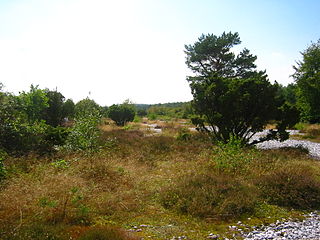
The Stone Fields in the Schmale Heath and Extension is a nature reserve (Naturschutzgebiet), 199 hectares in area, on the German island of Rügen in Mecklenburg-Western Pomerania. It includes large flint fields, a representative section of the Schmale Heath and a separate extension with near-natural coastal dunes. The reserve was created on 27 April 1935. Two extensions of the nature reserve area came into force in the years 1959 and 1990.
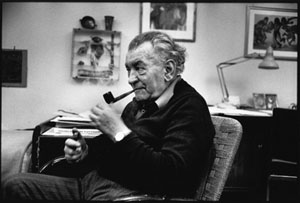
Joseph Carl Meffert, better known by his nom de plumeClément Moreau, was a politically and socially conscious graphic designer and artist. His best-known work is the wordless novel Night over Germany.

Schwabenhass is a neologism referring to the aversion to the approximately 300,000-strong Swabian diaspora in Berlin and elsewhere in Germany outside of Swabia. In 2013, the so-called Spätzle-streit gained nationwide attention.

Ronald Paris was a German painter and graphic artist.
Ingeborg Meyer-Rey was a German illustrator. She was one of the best known illustrators of children's books in the German Democratic Republic.
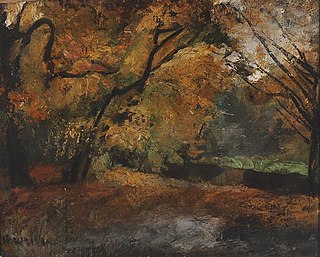
Hedwig Weiß was a German painter and graphic artist. Her works are primarily Impressionistic in style.

Lorenz Kienzle is a German photographer. He has been living in Berlin since 1991.

Georg Adolph Demmler was a German architect, socialist and politician; originally with the German People's Party (DtVP), then the Socialist Worker's Party of Germany (SAP).
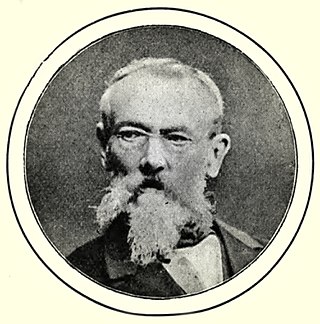
Friedrich Theodor Julius Schloepke was a German painter and illustrator. He worked in a wide variety of genres, including historical scenes, portraits and landscapes. Many of his paintings feature horses.

Werner Heiduczek was a German writer. His works have been translated into more than 20 languages and name as author – depending on the language region – Verner Gajduček, Verners Heidučeks or Verneris Heidućekas.
The Thomas Helms Verlag is a specialist publisher for North German culture, monument preservation, local and regional history, history, church and art history and is based in Schwerin in Mecklenburg-Western Pomerania.
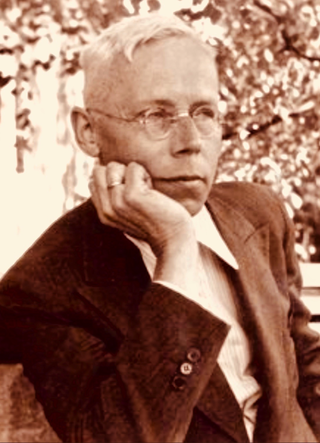
Hans Kollwitz was a German epidemiologist, eldest son of artist Käthe Kollwitz. He obtained his degree in medicine and psychotherapy in 1928. He was also a World War I veteran, in which he voluntarily served, after joining from the German Youth Movement where he was a Wandervogel.
Halina Bendkowski is a German journalist, politician, and activist for feminism and the lesbian movement.
Hanna Klose-Greger was a German painter, graphic artist and writer.
References
- ↑ "A double professional colleague of Theodor Fontane - EDITION digital mourns the loss of author Brigitte Birnbaum" (in German). Retrieved 31 March 2024.
- 1 2 3 Brigitte Birnbaum (24 September 2011). Bert, der Einzelgänger. EDITION digital. p. 133. ISBN 978-3-86394-214-4.